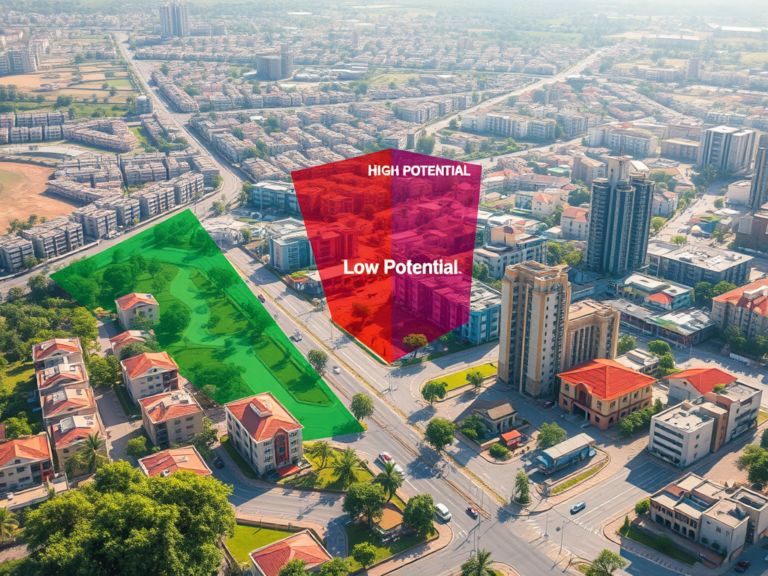The Haryana Town and Country Planning Department has announced significant updates to the External Development Charges (EDC) rates effective January 1, 2025. This policy revision, formalized through a notification dated December 31, 2024, introduces a structured annual increment in EDC rates to meet the evolving infrastructure development demands in urban estates across the state.
Key Highlights of the Policy Revision
- Immediate Revision of EDC Rates:
From January 1, 2025, EDC rates will see a 20% increase across all categories. This marks a decisive step to ensure that infrastructure development keeps pace with the rapid urbanization and growing needs of the state. - Annual Increment in EDC Rates:
Starting January 1, 2026, EDC rates will rise by 10% annually. This consistent increase provides a predictable framework for developers and stakeholders to plan their investments effectively.
Urban Estate Categorization and Rates
The revised rates are divided across different zones based on their development potential—Hyper Potential Zone, High Potential Zones (I and II), Medium Potential Zone, and Low Potential Zones (I and II). These categories determine EDC rates for various land uses, including residential plotted colonies, group housing, commercial, and industrial purposes.
For instance:
- Hyper Potential Zone:
Gurgaon’s new EDC rate for plotted residential colonies is ₹124.92 lakh per acre, while industrial IT zones will see a rate of ₹583.36 lakh per acre. - Medium Potential Zone:
Rates in urban estates like Sonepat-Kundli reflect a more moderate increase, with residential plotted rates now at ₹87.44 lakh per acre. - Low Potential Zone:
Areas such as Nuh have comparatively lower rates, with plotted residential colonies at ₹49.96 lakh per acre.
Specific Adjustments for Panchkula District
The Panchkula district has been assigned tailored EDC rates for unique land-use categories such as banquet halls, petrol pumps, hospitals, hotels, and industrial colonies. These rates have also been revised to align with broader state policies while accommodating the district’s specific development needs.
Implications for Developers and Stakeholders
The revised EDC rates aim to bolster infrastructure development and urbanization efforts while ensuring financial sustainability. Developers and investors are encouraged to adapt their planning strategies to accommodate these systematic increases. The policy’s predictability ensures transparency, reducing the potential for sudden financial shocks.
Conclusion
Haryana’s proactive revision of EDC rates signifies the state’s commitment to balanced urban growth. This well-structured approach aims to meet the demands of rapid development while maintaining a robust infrastructure backbone. Stakeholders in the real estate and industrial sectors should assess the implications of these changes carefully and align their strategies accordingly.
For further details, consult the official notification and annexures issued by the Haryana Town and Country Planning Department.


Add a comment